
Indian submarine INS Vagir, c. 2017. India signed a major deal in 2015 with Japan for a purchase of ten Soryu-class submarines, to replace their older diesel-electric attack boats.
While India still maintains some links with Russia, the Russo-Chinese alliance led them to rethink their military provision agreements, given Indian territorial disputes with China. As such, they have been developing procurement relations with Japan, Korea, and Iran.

Iranian single-use drones being tested in India. India has invested heavily in large numbers of drones from Iran, using them to deadly effect in recent skirmishes with Pakistan and China. Indian and Armenian use have been a very effective advertisement for Iranian drones, and many governments in the Developing World buy Iranian drones these days (the Kenyan military is a particularly large customer).
While India remains technically neutral in the Second Cold War, they have security agreements with Iran with regard to mutual areas of concern, and a quiet Understanding with the Bangkok Regional Security Treaty nations about containing China.

Indian troops in the Ladakh Region in 2020. A series of skirmish actions took place throughout 2020 along the border between India and China. Beginning with small incidents, the clashes gradually saw large-scale firefights and attempted border crossings by Chinese forces, but escalated sharply with Indian use of drones, which forced Chinese troops to withdraw but brought both countries to the brink of something considerably larger until eventually the situation was de-escalated (thanks in large part to Russia absolutely not wanting to see their biggest ally go to war with a major trading partner). However, the situation remains…bitter, with China feeling humiliated thanks to not insignificant losses of personnel and equipment, India driving their forces back, and their deficiency in drone power.
Last edited:

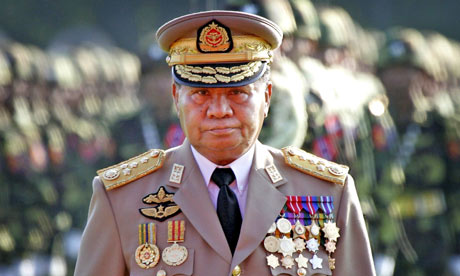




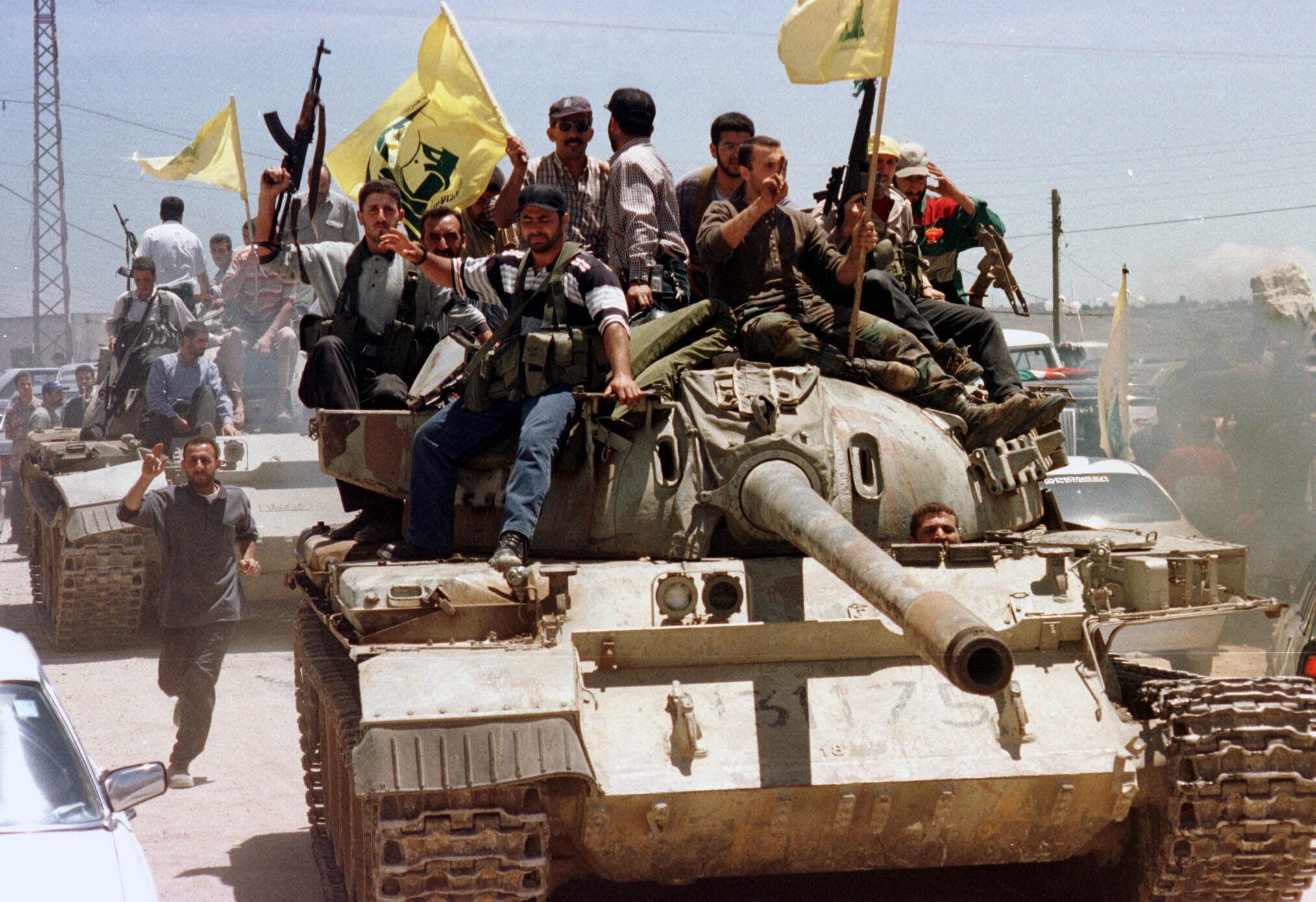

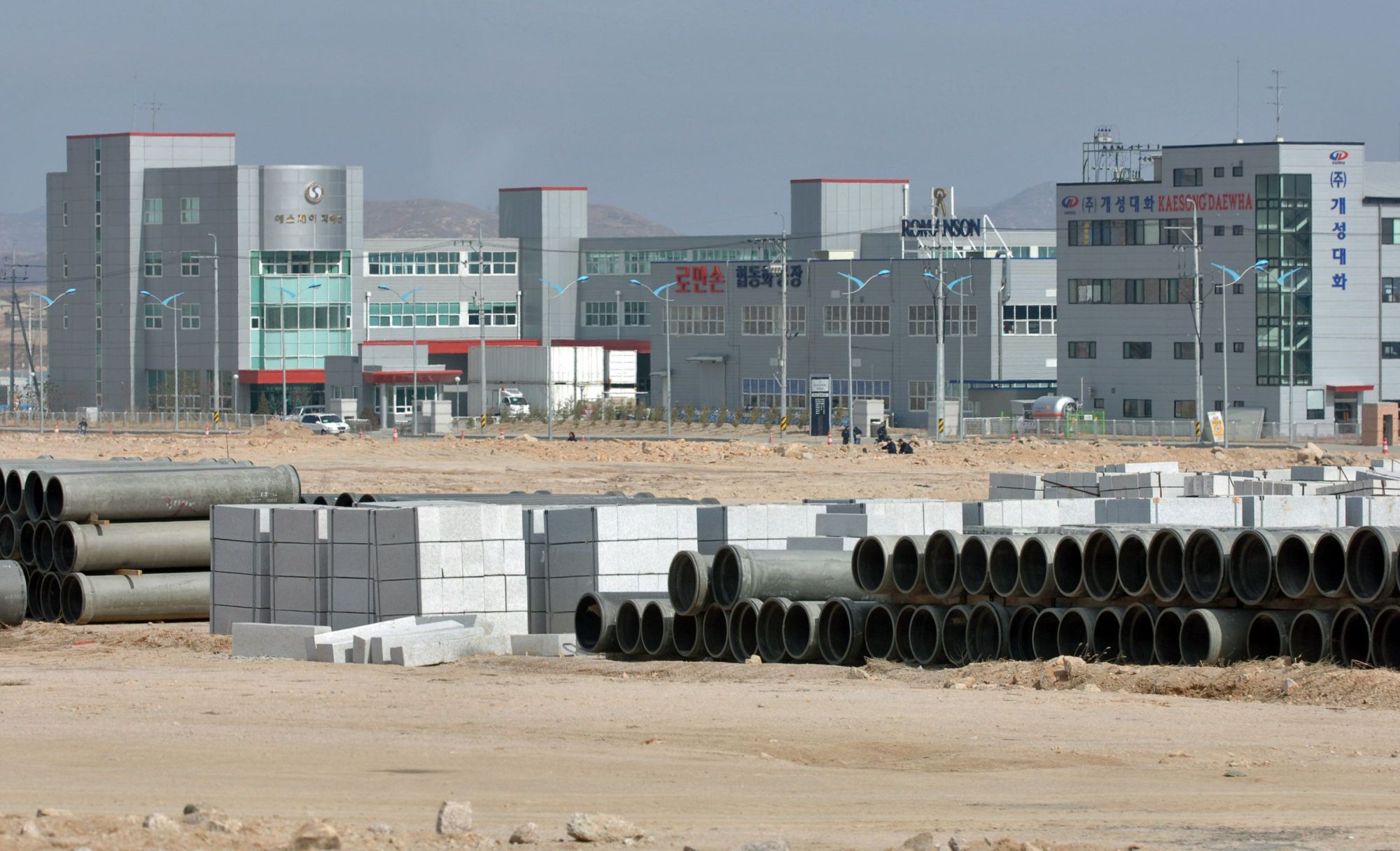
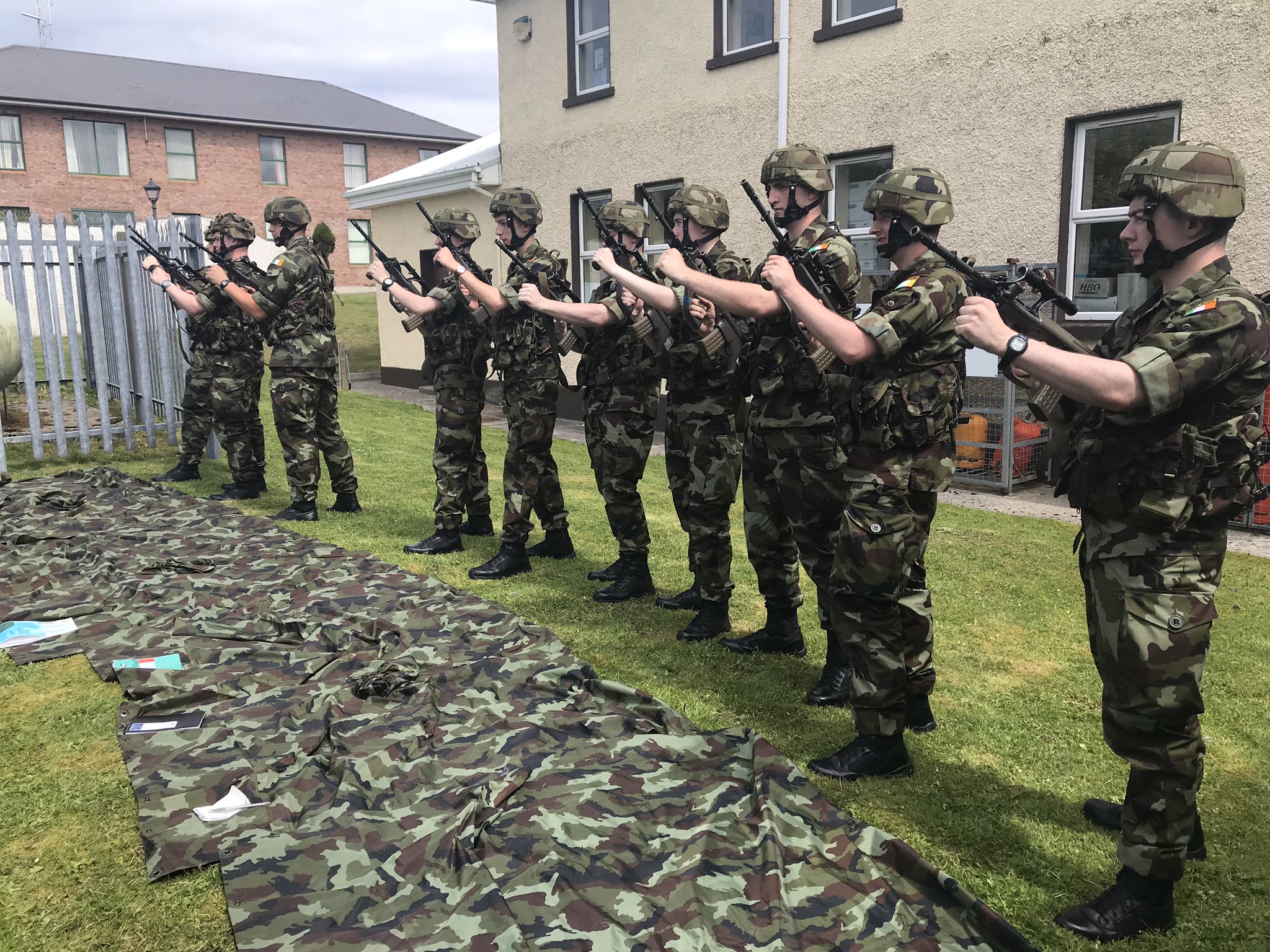



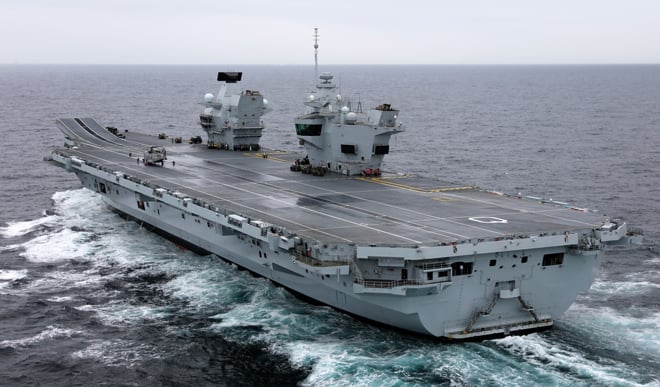
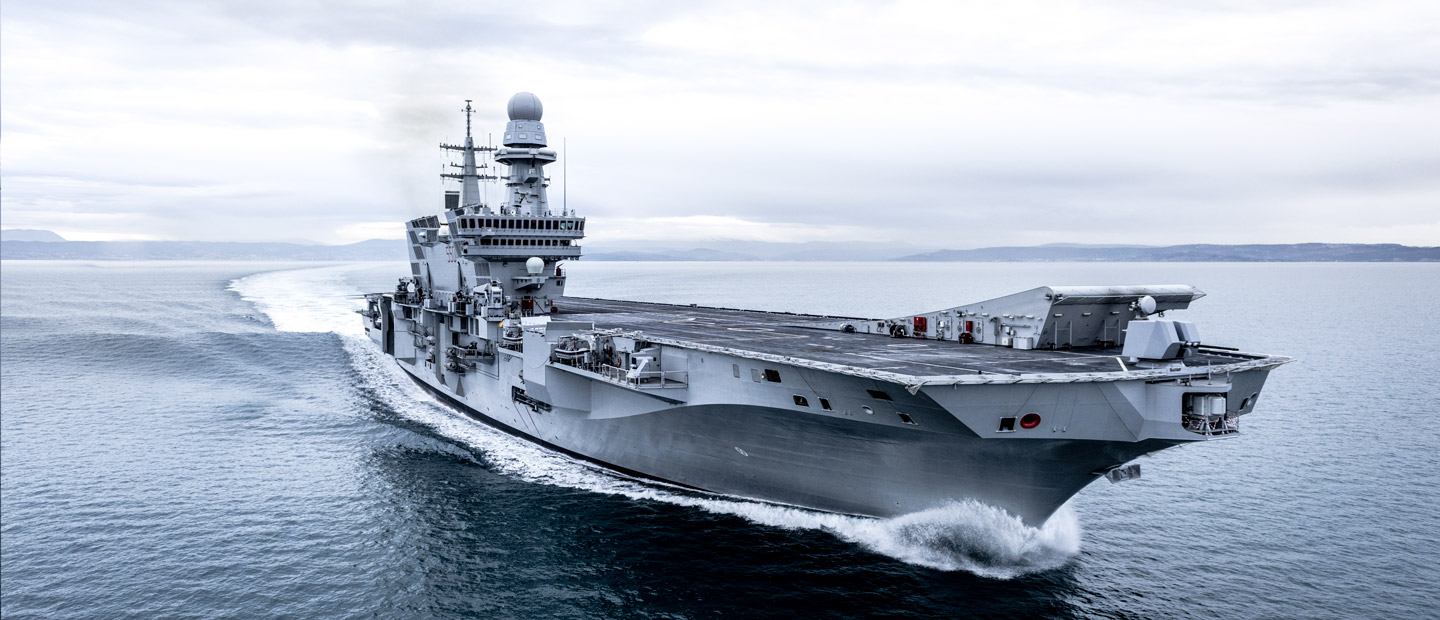
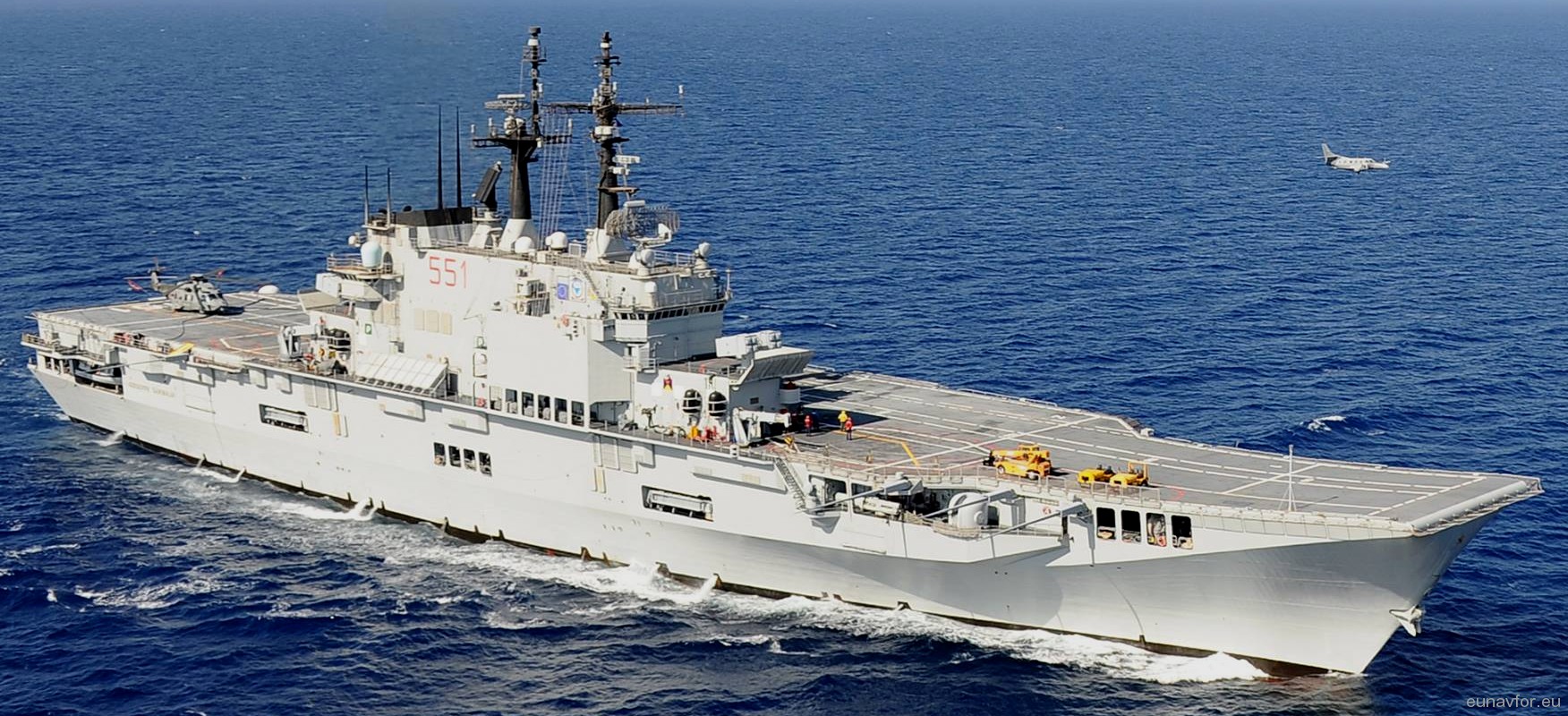


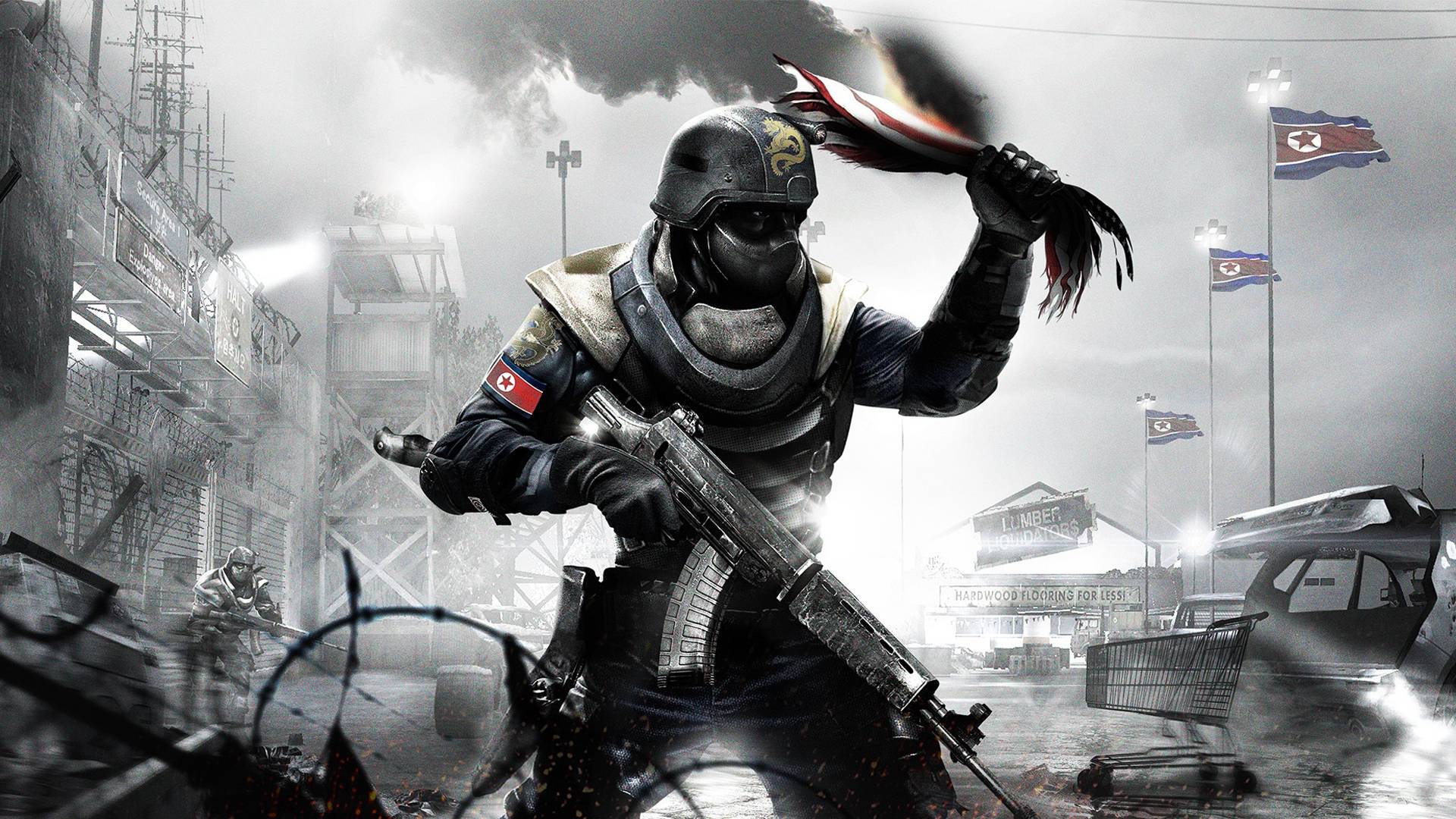
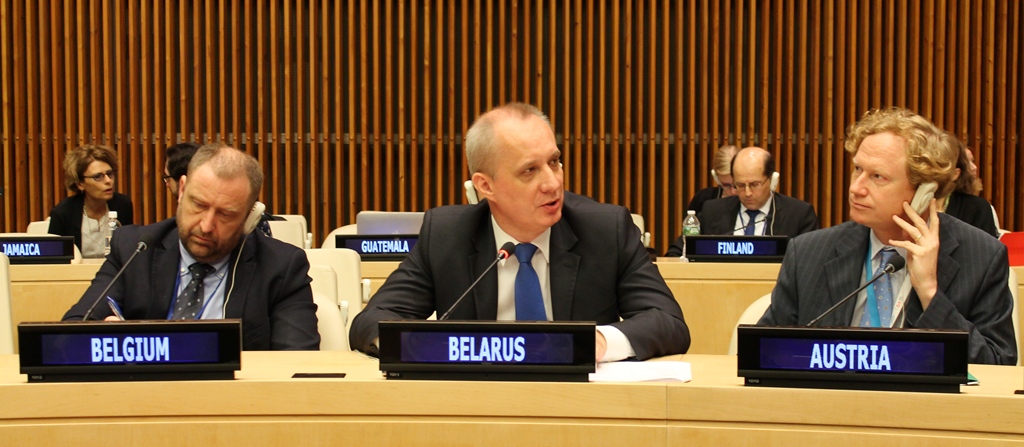

:quality(70)/cloudfront-us-east-1.images.arcpublishing.com/archetype/622GZ7LTKBGBPL4GHNCRKR3IAU.jpg)